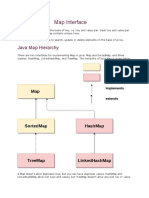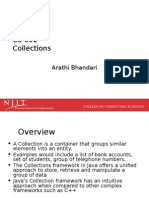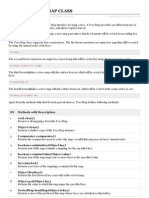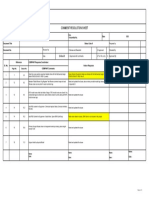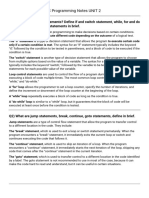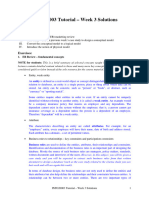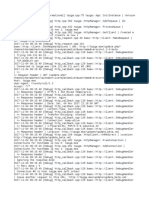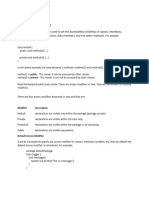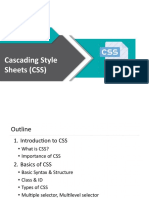0% found this document useful (0 votes)
70 views4 pages14 Map Interface Points and Its Methods
The Map interface in Java provides a way to store key-value pairs. It has sub-interfaces like SortedMap and NavigableMap that allow storing entries in a sorted order. Common implementations of Map include HashMap, LinkedHashMap, and TreeMap, each suited for different use cases depending on needs like insertion order, sorting, or unique entries. The Map interface defines methods for basic crud operations on the map as well as navigation of keys, values, and entries.
Uploaded by
poorna.bellamCopyright
© © All Rights Reserved
We take content rights seriously. If you suspect this is your content, claim it here.
Available Formats
Download as TXT, PDF, TXT or read online on Scribd
0% found this document useful (0 votes)
70 views4 pages14 Map Interface Points and Its Methods
The Map interface in Java provides a way to store key-value pairs. It has sub-interfaces like SortedMap and NavigableMap that allow storing entries in a sorted order. Common implementations of Map include HashMap, LinkedHashMap, and TreeMap, each suited for different use cases depending on needs like insertion order, sorting, or unique entries. The Map interface defines methods for basic crud operations on the map as well as navigation of keys, values, and entries.
Uploaded by
poorna.bellamCopyright
© © All Rights Reserved
We take content rights seriously. If you suspect this is your content, claim it here.
Available Formats
Download as TXT, PDF, TXT or read online on Scribd
/ 4


